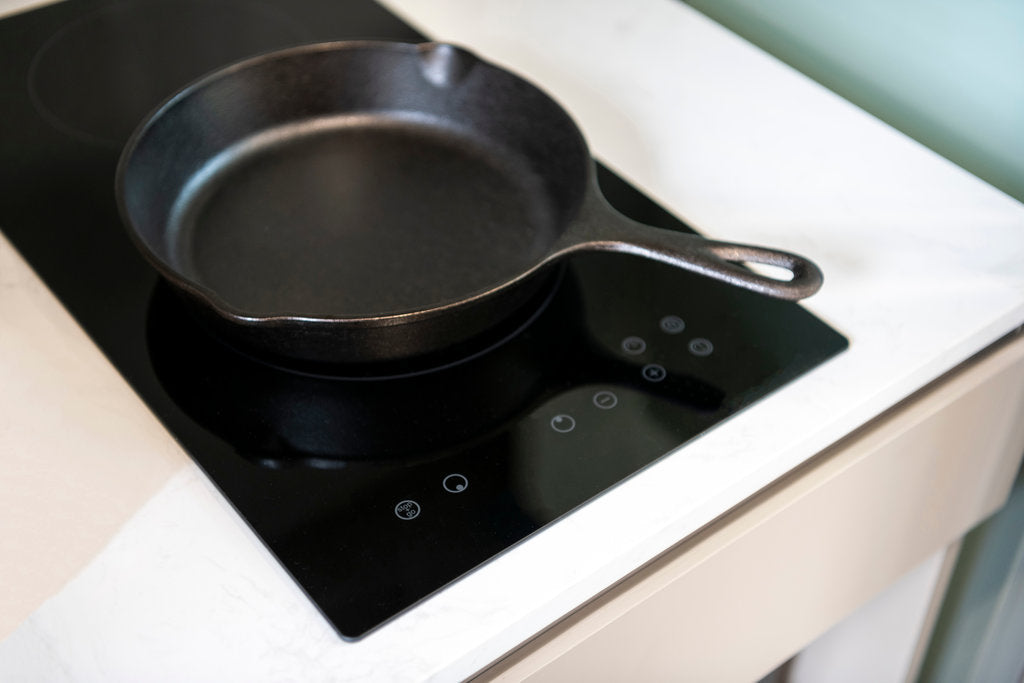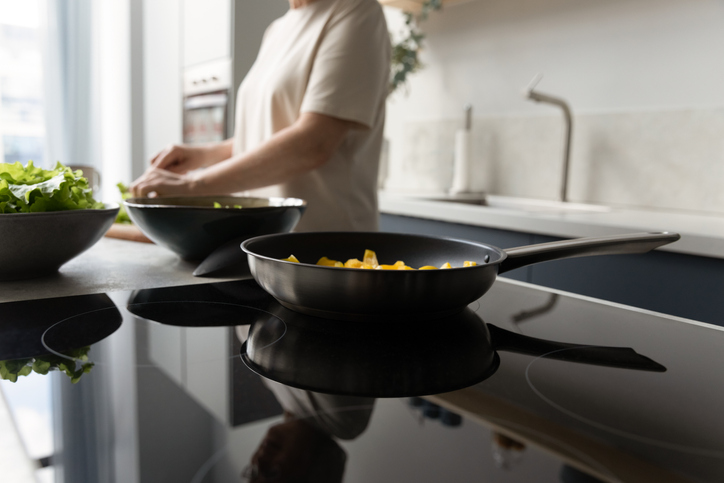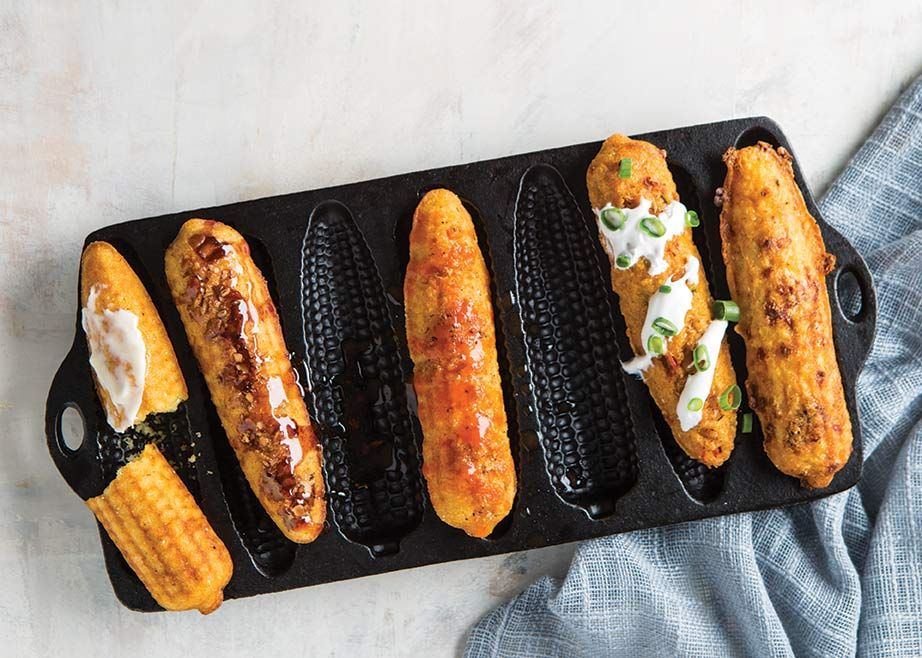In recent years, the culinary world has seen a shift towards using induction cooktops for their energy efficiency and precise temperature control. However, many kitchen professionals wonder about the effectiveness of using cast iron in this setup. This article delves deep into how cast iron can be a game-changer when it comes to induction-based meal prep.
As a kitchen professional, understanding the nuances of your tools is vital. Cast iron has long been celebrated for its ability to retain heat and provide even cooking. But does it hold up on an induction cooktop? Let's find out.

Why Choose Cast Iron?
Cast iron cookware is a favorite among chefs for several reasons. It is incredibly durable, can withstand high temperatures, and imparts a unique flavor to dishes. Additionally, cast iron is versatile, allowing you to sear, bake, fry, and even bake in the same pan.
Another compelling reason to use cast iron is its ability to retain heat. This quality ensures that food is cooked evenly, reducing hot spots that can lead to unevenly cooked meals. This is particularly important in a professional kitchen where consistency is key.
Compatibility with Induction Cooktops
Induction cooking relies on magnetic fields to generate heat directly in the cookware. This means that not all materials are suitable for induction cooktops. The good news is that cast iron is induction-compatible due to its ferromagnetic properties. When placed on an induction stove, the cast iron pan heats up quickly and evenly, making it an ideal choice for professional chefs looking to harness the power of induction cooking.
You can deepen your understanding of the science behind induction cooking by exploring this comprehensive guide.
The Art of Meal Prep with Cast Iron
Meal prep is an essential aspect of professional cooking, allowing chefs to efficiently manage their time and resources. Using cast iron in an induction-based setup can elevate your meal prep game.
Maintaining Heat Consistency
One of the challenges in meal prep is maintaining consistent temperatures across various dishes. Cast iron's ability to retain heat ensures that once the pan is hot, it stays hot, making it easier to manage multiple tasks simultaneously. This can be particularly beneficial for searing meats or caramelizing vegetables.
For detailed tips on using cast iron effectively on induction cooktops, check out our expert advice.
Maximizing Flavor Profiles
Cast iron cookware is known for its ability to develop a natural non-stick patina over time. This patina not only enhances the pan's non-stick properties but also adds flavor to the dishes. During meal prep, flavors can be maximized by using a well-seasoned cast iron pan.
To learn more about seasoning your cast iron, our seasoning video offers a step-by-step guide tailored for induction use.
Caring for Cast Iron Cookware
Proper maintenance of cast iron is essential to ensure its longevity and performance, especially when using it on induction cooktops.
Cleaning and Seasoning
After each use, allow the cast iron to cool before cleaning. Avoid using soap, as it can strip away the seasoning. Instead, use hot water and a brush to remove food particles. After cleaning, dry the pan thoroughly and apply a thin layer of oil to maintain its seasoning.
For a visual guide on maintaining your cast iron, our infographic provides quick and easy tips.
Storage Tips
Store your cast iron in a dry place to prevent rust. If stacking multiple pans, place a paper towel between them to avoid scratches. Regularly check and re-season the pan to keep it in top condition.

FAQs
Can all cast iron pans be used on induction cooktops?
Yes, most cast iron pans are compatible with induction cooktops due to their ferromagnetic properties. However, always check the manufacturer's guidelines to be sure.
How do I know if my cast iron pan needs re-seasoning?
If food starts sticking or the surface appears dull, it's time to re-season. A well-seasoned pan should have a shiny, non-stick coating.
Is it safe to use metal utensils on cast iron?
Metal utensils can be used, but they may scratch the seasoning. It's best to use wooden or silicone utensils to maintain the pan's finish.






Leave a comment
This site is protected by hCaptcha and the hCaptcha Privacy Policy and Terms of Service apply.